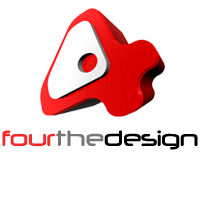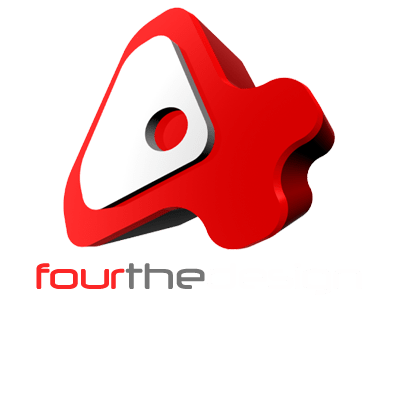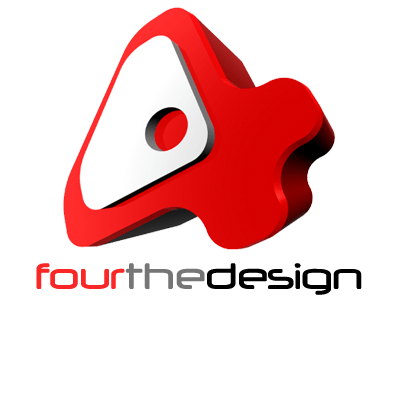Virtual Reality in Education
Education is the basis for a prosperous society. Knowledge transferring is a priority of developed countries. In the growing age of technology, people are looking for effective ways to transmit knowledge.
Technology can be a great way to improve the learning environment. Virtual Reality (VR) can be an efficient step towards the evolution of the education system.
Though educators know the benefits of VR in education, some people are reluctant to use it. The reason behind this is that the school administrations think VR is not for education.
Now we’ll discuss in detail what Virtual Reality is and how we can use it in education.
What is Virtual Reality?
Many schools are adopting VR to transmit knowledge to their students. VR is an excellent way to engage students in their classroom so that they learn things with interest.
It allows the students to experience places of the globe without leaving their class.
You can roam through the great pyramids of Giza with the help of Virtual Reality. Interesting Right?
VR denotes interactive content, whether images or videos. It allows the viewer to experience the complete 360 degrees of a scene.
Benefits of Virtual Reality in Education
Now that you know what Virtual Reality is and how it works, let’s learn about its educational benefits.
Virtual Reality will allow students to experience things without leaving classrooms. Moreover, students can access the VR, and their teacher can track their activity.
Virtual Experience can actively engage the students in the classroom so they can learn things with interest.
Here we jotted down some benefits of virtual Reality in Education:
-
Better Learning Experience
Students always learn better when they practice something themselves. Science labs are a great example of teaching students because they practice what they learned.
But, the technologies needed in a science lab can be expensive and difficult to scale. A small VR device can be beneficial in this case as it can replace the idea of a whole science lab.
-
Learning by Doing
There is no doubt the student learns best when he learns by doing something. Modern learning doesn’t focus on the concept of learning by doing.
Students are passive learners because they don’t practice what they learn.
VR in education can be helpful for students as they will explore things by themselves.
-
Develops Creativity
Virtual Reality in education is best for content creation purposes. It enables content consumption and creation by developing Creativity in students.
Tilt brush can help students to be creative in virtual reality education. Moreover, it can be an excellent way for students to express themselves more willingly.
-
Visual Learning
Virtual Reality is very beneficial for those students who learn better visually than just listening. Students can see things with VR instead of just reading and listening. Moreover, Visual comprehension of things is better than just audio learning.
Conclusion
Virtual Reality in education can help create a better education system for students. Moreover, teachers can design their curriculum and lesson plans according to Virtual Reality. VR technology can advance the learning process in 21st-Century Classrooms.



